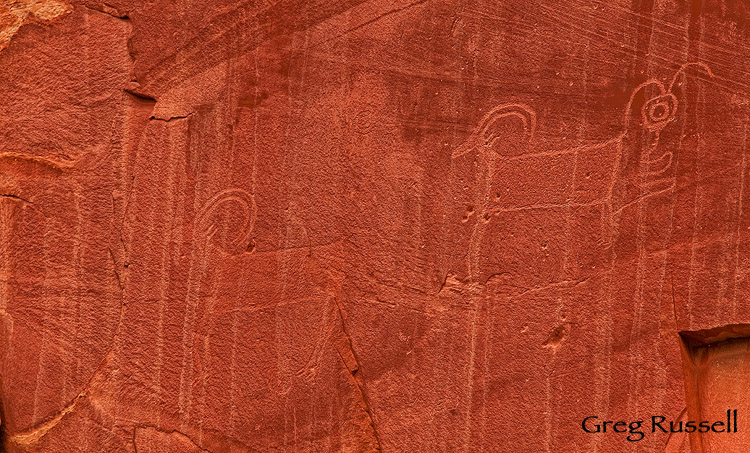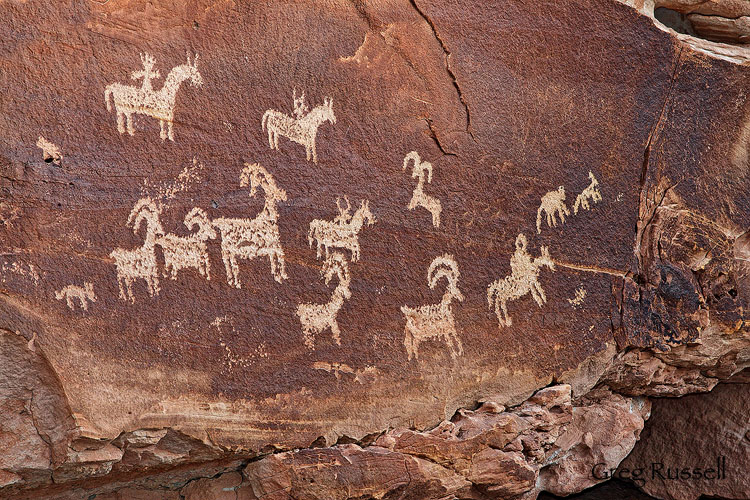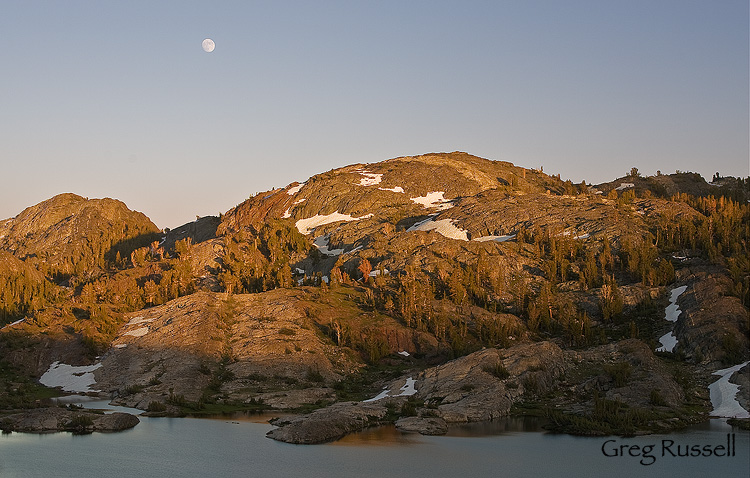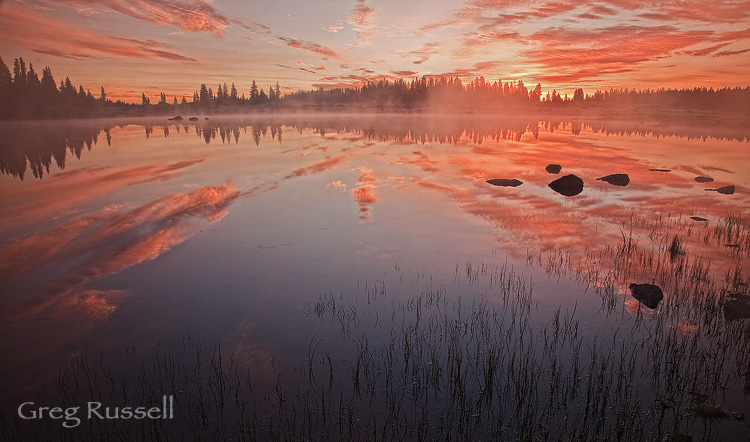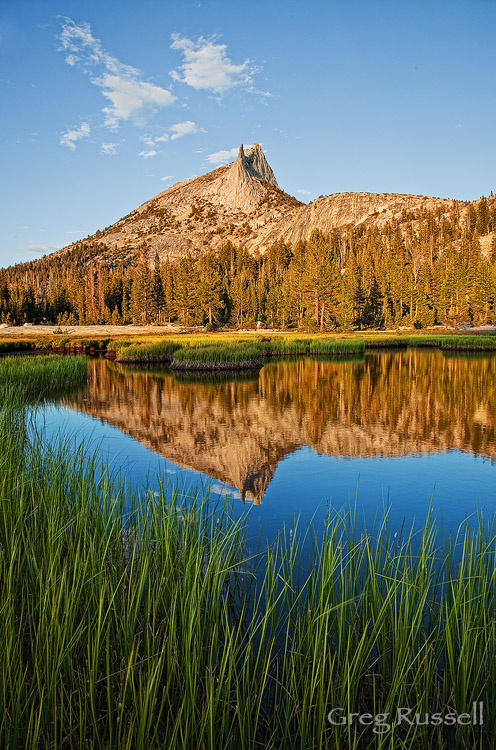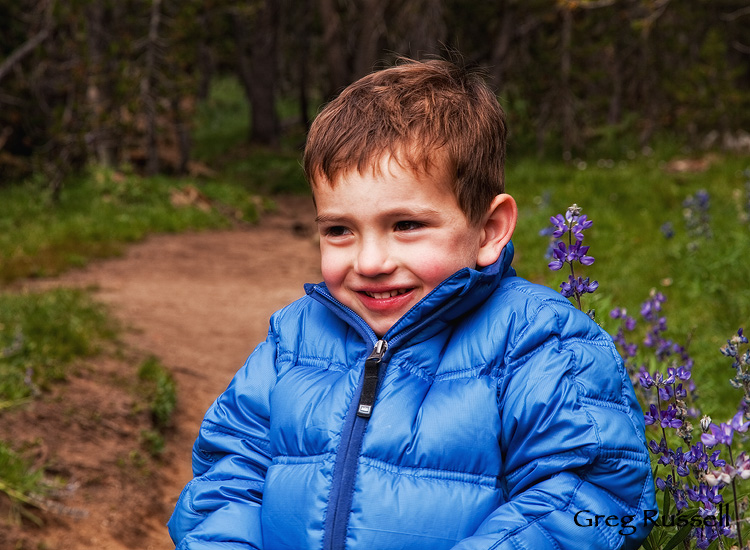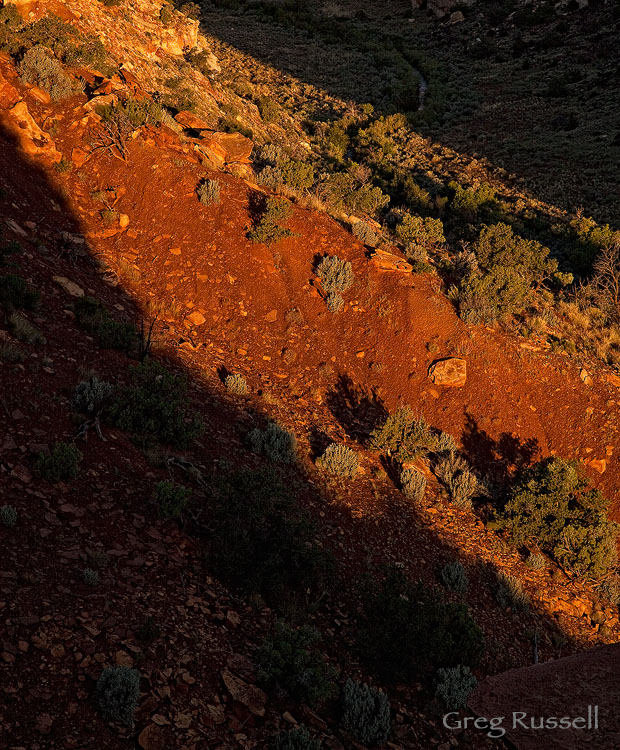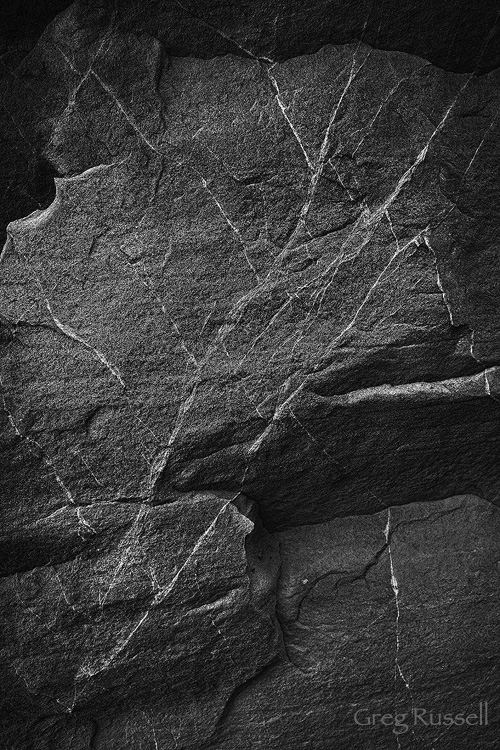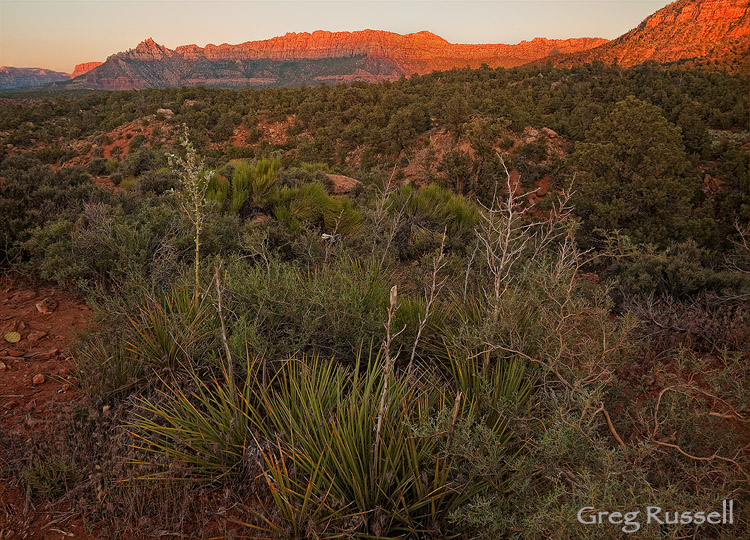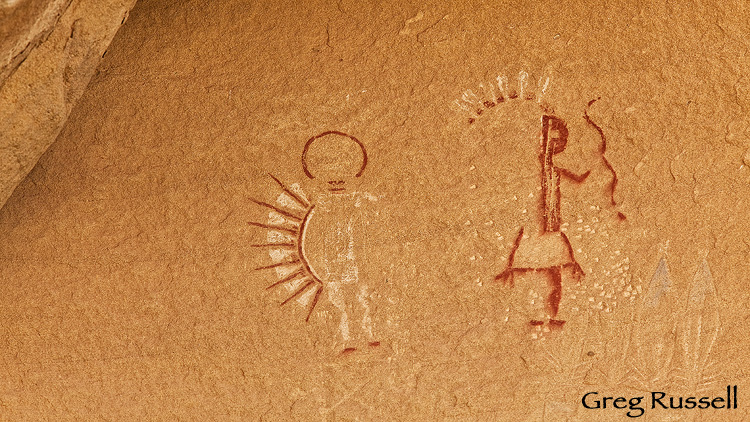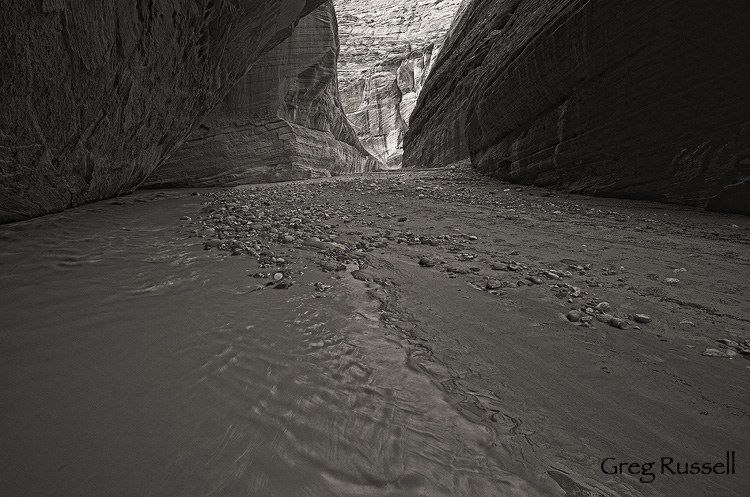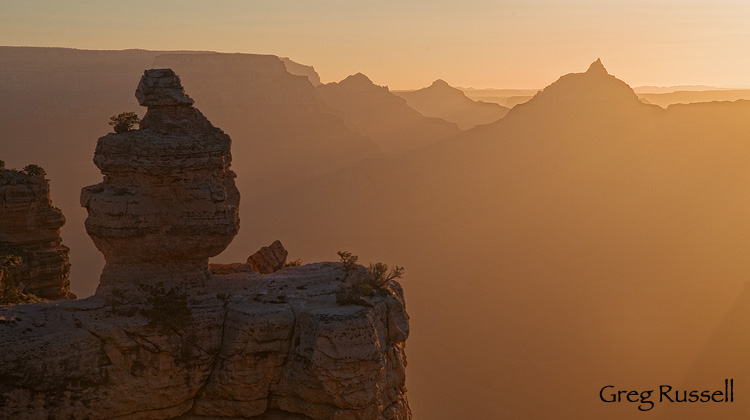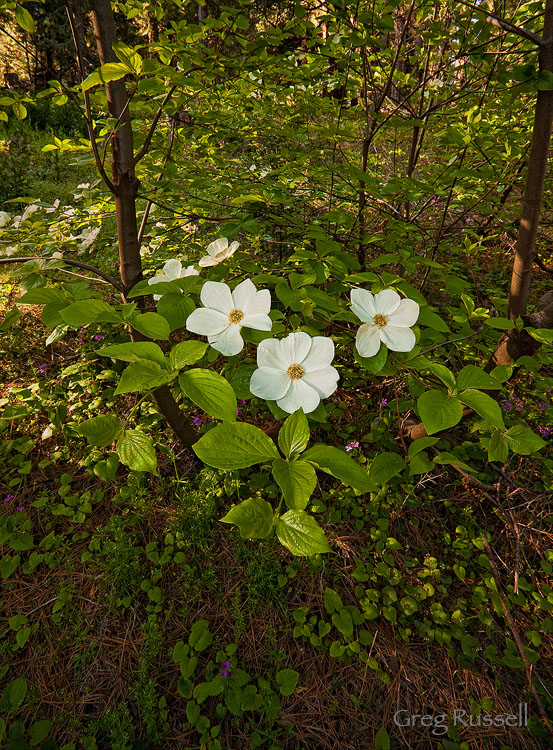In the deserts and canyons of the southwest, water can be tough to come by; as a result, charismatic megafauna that rely on that water are often elusive and secretive. The desert bighorn sheep (Ovis canadensis nelsoni) is a widespread, but uncommon resident of the southwest.
They truly are sentinels of the desert; on any given afternoon in Joshua Tree National Park, you might see one surveying the landscape from atop a granite boulder. In southwest Utah, they return to the canyons from the high country when the temperature starts to fall. In the desert communities around Palm Springs, they illustrate the interaction between man and nature very well; bighorns have taken to eating ornamental cactus and other plants, so large fences have been erected to keep them out (which is ironic, because some people would pay to see a sheep!).
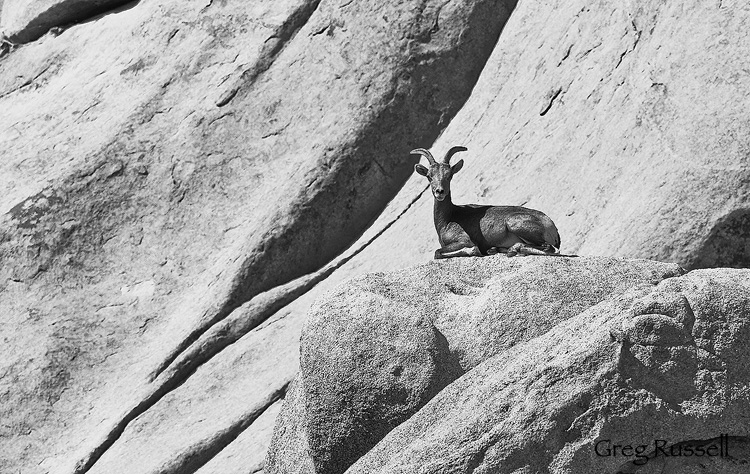
- Desert Sentinel
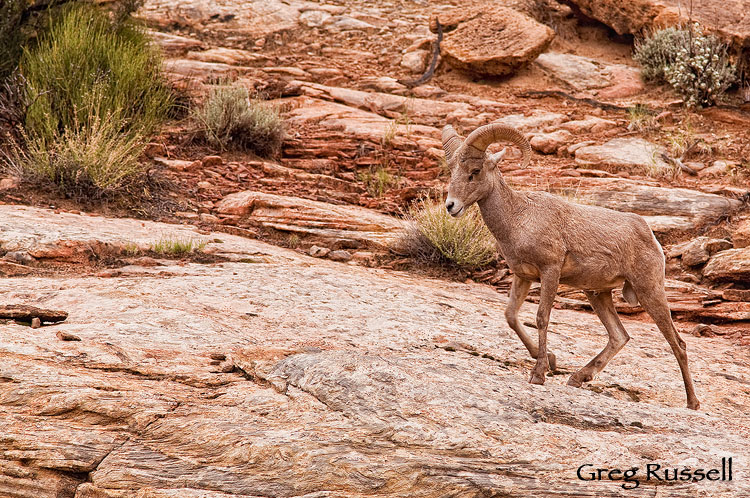
The interaction between humans and bighorns isn’t a recent thing, though. In fact, humans have been interacting with them since the southwest was first settled, probably thousands of years ago. If you take any interest in rock art at all, you’ll quickly find that bighorns were a ubiquitous subject of prehistoric artists. Indeed, I wonder if the Ancestral Puebloan and Fremont peoples who lived with these animals found them just as captivating as we do today.
In some ways, the desert bighorn sheep embodies the spirit of the west: it is largely solitary, is resilient, and has shown a great ability to adapt to the desert environment. Its a true steward of the ecosystems it thrives in. The Desert Bighorn Council is a great resource to learn more about the biology and conservation of desert bighorn sheep (they list links to many local organizations as well).

